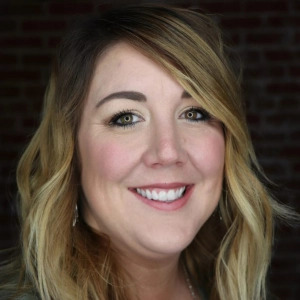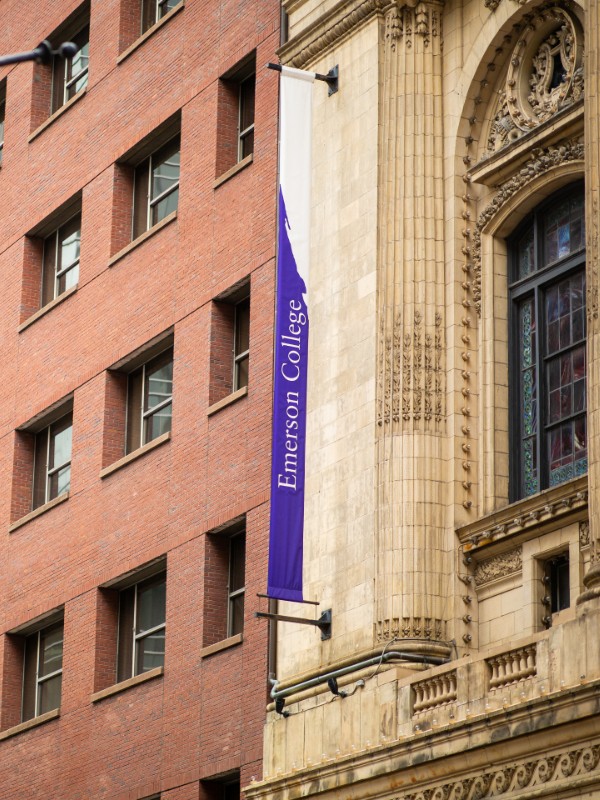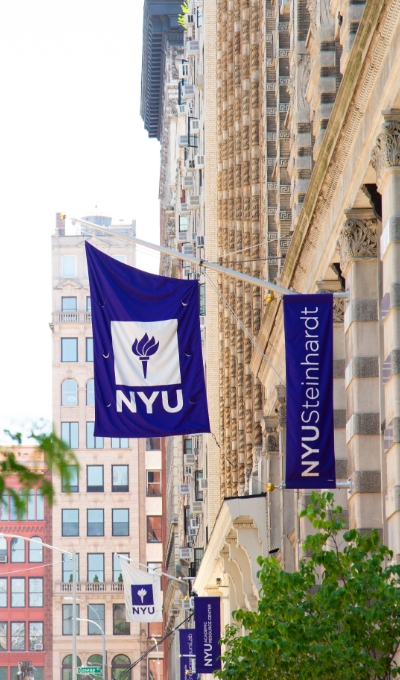Interview With Emily Sullivan of the University of Oklahoma

Emily Sullivan, M.S., CCC-SLP is a licensed Speech- Language Pathologist (SLP) who has been in practice since graduating with her Master’s in Speech Pathology from the University of Central Oklahoma in 2009. Upon graduating, Emily completed her Clinical Fellowship year at a private practice that promoted the Greenspan Floor Time Approach and autism based services. It was there that Emily developed a passion for working with individuals diagnosed with Autism Spectrum Disorder (ASD). In 2018, Emily became part of the faculty at the University of Oklahoma Health Sciences Center in the department of Communication Sciences and Disorders where she teaches classes on Autism Spectrum Disorder, Articulation Disorder, and Foundations to Speech Pathology, as well as providing clinical supervision to graduate clinicians.
Emily has worked in a variety of settings including the public school system, skilled nursing facility and additional private practice work. In her spare time, Emily volunteers for Autism Oklahoma, a non-profit organization, where she is on the committee for the annual Piecewalk Fundraiser. She is also the leader of the Heroes Team of Autism Edmond, a support group for adults over the age of 25 who have a diagnosis of ASD. Emily has experience in hosting social skills groups for both children and adults. Emily is a member of the American Speech-Language Hearing Association and Oklahoma Speech-Language-Hearing Association.
Note: You should consult with your doctor or speech pathologist for recommendations on treatment. The views and opinions expressed in this article are those of Emily Sullivan and do not necessarily reflect the official policy or position of SpeechPathologyMastersPrograms.com
How did you become interested in speech pathology and working with people with autism?
Upon graduating from the University of Central Oklahoma in 2009, I was lucky enough to find a job working at a facility that specialized in Autism Spectrum Disorder and followed the DIRFloortime model of therapy. I realized immediately that this style of therapy fit my personality well and I seemed to connect with the clients and their families quickly with our therapy based in child-led play.
You are working with the Moore Autism Center and Oklahoma AbleTech on a program where demonstrations are given to individuals or small groups to facilitate Augmentative and Alternative Communication (AAC) selection. How did you become involved?
The Moore Autism Center is a young facility that opened in 2016, so when hired on as their director of speech pathology, I quickly recognized the need for access to a variety of communication devices to help find viable communication options to fit the various needs of clients quickly being placed on the caseload. Because of a limited budget, buying communication devices outright was not an option. Upon hiring additional speech pathologists, the Moore Autism Center was able to develop a relationship and partnership with AbleTech. AbleTech is part of the Association of Assistive Technology Act Programs (ATAP), a national organization established in 1997, through Oklahoma State University. AbleTech provides assistive technology device loans and demonstrations to determine successful matches to enhance education, employment and community access for those with special needs. At the Moore Autism Center, we now house an inventory of communication devices that we can trial with our clients and others who are seeking better means for communication.
How can AAC help children with Autism?
Many individuals with autism are minimally verbal, meaning they have little to no words to communicate their wants, needs and ideas. Therefore they often resort to behavioral means to communicate. AAC options can provide individuals with autism a chance to communicate with those around them. For example, they may be able to participate in conversations and make requests for desired items or continuation of desired actions. As skills develop with the use of AAC, we often see our clients with autism have an increase in verbalizations as they will often mimic the high tech speech generating devices more so than imitating only a therapist’s model.
What are the challenges to selecting the right AAC? What factors need to be considered?
There are many things to consider when selecting a viable method of AAC. Things such as gross and fine motor skills must be considered as this will affect the type of system that can be accessed by the individual. For example, if an individual is unable to isolate their finger for pointing, maybe a lower tech system with pictures to grab and hand to their communication partner may be a more appropriate option. You must consider things such as vision abilities to determine their ability to scan words and images and hearing abilities to ensure that they can hear and understand a device. An individual’s cognitive abilities must also be considered. Questions such as: Can the individual follow simple directions? What are their levels of comprehension for basic vocabulary vs more abstract vocabulary? Is the individual able to read? These are just a few of the defining factors for choosing an appropriate AAC option.
What are the benefits of providing a patient with this sort of opportunity to compare AAC options?
Because of the inventory that ABLE Tech has granted us at the Moore Autism Center, we are able to work with our clients over several sessions to provide device demonstrations and trials of a variety of both low-tech and high-tech communication devices. This allows us to have data from therapy sessions to support the decisions we make when deciding which option is best. Before our partnership with ABLETech, when trialing viable options for our clients, we would have to send out and request loans from different device manufacturers, and if it seemed the loaned device was not appropriate, we would have to return it and try again. We are now able to trial multiple options in less time, which speeds up the entire process for obtaining communication systems.
What are some of the biggest improvements seen in AAC technology in recent years?
I think the biggest difference in AAC technology in recent years is the updates that allow for personalized customizability, especially in higher tech devices. It makes these communication systems more relatable for the users and therefore they are more excited and effortful in their communication attempts. For example, my clients with autism often have pretty specific interests such as Pokemon, aerospace or Star Wars. With the flexibility in format in many speech generating devices these days, I am able to easily add folders with photos and topics related to their interests which really increases conversational exchanges.
What aspect of your work are you most proud of?
While I love the work I do with my clients on the autism spectrum, I am proud of getting the chance to educate future SLP’s about autism. Teaching graduate students about how to provide evidence based practice while also integrating skills such as behavioral management and sensory integration to form effective treatment in the ASD population is exciting because often when graduating, SLP’s are not widely experienced with autism. I get the chance to help teach how to develop fun and effective treatment for this special population.
What is your advice for future SLP students?
I would say my advice for future SLP’s would be “Don’t be afraid to ask questions!”. Our field is lucky enough to have several settings from which to choose to work. It can be overwhelming but asking questions and learning from the responses of experienced professionals can help you learn so much!
Sponsored online speech pathology programs

Online MS: Pursue SLP Certification. Study FT/PT
Speech@Emerson enables you to earn an MS online and pursue SLP certification in as few as 20 mos. Learn the same curriculum as the on-campus program. Study FT or PT.
- Prepares you to pursue certification as an SLP generalist
- In-person clinical placements at faculty-approved partner sites
- As few as 20 months to complete
SPONSORED

Want to Become an SLP? Earn an MS Online at NYU
NYU Steinhardt’s online master of science program in Communicative Sciences and Disorders prepares aspiring speech-language pathologists with a comprehensive professional education.
- Prepares students to pursue SLP licensure
- Accredited by ASHA’s Council on Academic Accreditation
- As few as six terms to complete
- Full-time and part-time plans of study
SPONSORED

Online MS in Speech-Language Pathology from Pepperdine University
Pepperdine University’s online Master of Science in Speech-Language Pathology program combines a robust, innovative curriculum rooted in Christian values with a full-time or part-time option that features online learning, on-campus intensive experiences, and comprehensive clinical field practicums to prepare skilled, compassionate students for careers as speech-language pathologists.
- Full-time (five trimesters) or part-time (eight trimesters) options available.
- No GRE scores required.
- 400+ supervised, clinical learning hours are done at schools/clinics local to students
- Three onsite experiences build a sense of camaraderie and community throughout the program
SPONSORED

